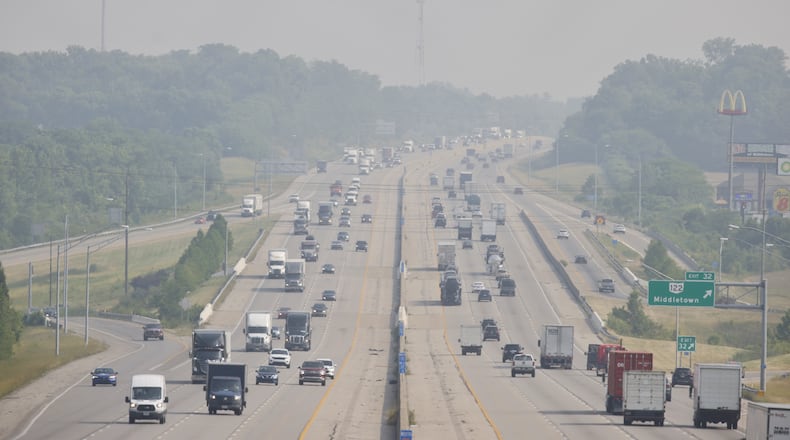Residents can take measures to prevent accidental wildfires such as avoiding burning trash and debris, keeping grass trimmed, not discarding cigarettes and other smoking materials outside, postponing fireworks and being careful with open cooking fires or campfire, according to ODNR. Farmers should also be regularly checking their equipment for any issues.
Here are a list of guidelines to follow before having a campfire:
Before:
- Make sure you have a source of water, a bucket and shovel nearby at all times.
- Choose a spot that’s protected from wind gusts and at least 15 feet from your tent, gear, and anything flammable.
- Clear a 10-foot diameter area around your campfire spot by removing leaves, grass and anything burnable down to the dirt.
- Don’t build your campfire near plants or under tree limbs or other flammable material hanging overhead.
- If allowed, dig a pit for your campfire, about 1-foot deep, in the center of the cleared area.Build a fire ring around the pit with rocks to create a barrier.
- Don’t use any type of flammable liquid to start your fire.
During:
- Keep your fire small.
- Always keep water and a shovel nearby and know how to use them to put out your campfire.
- Be sure an adult is always watching the fire.
- Keep an eye on the weather. Sudden wind gusts can blow sparks into vegetation outside your cleared area, causing unexpected fires.
After:
- If possible, allow your campfire to burn out completely to ashes.
- Drown the campfire ashes with lots of water.
- Use a shovel to stir the ashes and water into a ‘mud pie.’ Be sure to scrape around the edges of the fire to get all the ashes mixed in.
- Drown the ashes with water again.
- Check that your campfire is cold before leaving. Hold your bare hand just above the wet ashes, especially around the edges of the fire. DO NOT touch the ashes or you might burn yourself.
- If you feel heat, stir more water into the ashes.
- When the ashes are cold, disassemble your fire ring and scatter the rocks.
- If you built your campfire in a fire pit, be sure it’s filled in with wet dirt.
If you see any signs of wildfire in your area, call your local fire department to report it.
About the Author
